|
Some art deserves to be less noticed, and I have to admit that sadly most of the contents of the Salzburg Cathedral Museum fall squarely into that category. Worse still, the reputedly magnificent apartments of the former prince-bishops were closed for restoration, so I found myself scooting past quantities of truly dire (but impressively large) canvases, an entire corridor of curiosity cabinets with several hundred years' worth of dead animals and other dusty relics in them, and various other forbidding remains, wondering whether the fabulously wealthy bishops of Salzburg were just less efficient than their contemporaries in looting the best religious art, or whether they preferred to keep their wealth at home and commission only from the locals at the expense of quality. But then in the very last display case (which displayed, unaccountably, a huge pair of Dutch clogs) I read a querulous note complaining of Nazi thefts and Allied bombings, which went some way to explaining it. But I spent time there, it being a cold January day, and a few things did catch my eye at random:-
The window as a whole is very large and elaborate in conception, and there are more expensive stained glass windows lining the nave, though Troutbeck is such a tiny place you could blink and miss it - Troutspeck, even. I guess the grandees who commissioned the many fabulous Arts and Crafts or neo-gothic holiday palaces in those parts were gracious enough to share some of their worldly excess with the local yokels who joined them for worship in these little village churches.
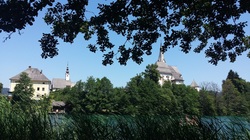 Maria Woerth Austria Maria Woerth Austria Now here's a funny thing I noticed on my recent lovely trip to southern Austria. While there, I made a small personal pilgrimage to the tiny lake peninsula of Maria Woerth, which boasts two medieval churches and a bishop's palace and very little else bar a souvenir kiosk 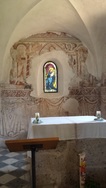 Both churches have partially preserved romanesque frescoes. With typical medieval disregard for the art taste of previous generations, this painting of Christ in Glory at the altar end has had a large hole punched through it and plastered over to install a small window. 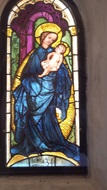 The stained glass is fairly unremarkable, perhaps we would rather have the fresco back. But hang on, look more closely. Whatever is Our Lady standing on? There seems to be half a face peeping out from the semi-circle shape at the bottom. Most disconcerting. 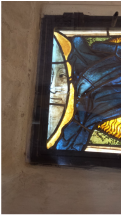 I've rotated the close-up so you don't have to crick your neck. The face etched in grisaille seems to have been salvaged from another (much better) artwork. Or is she standing on the moon, and this is the Man in the Moon peeping out? All very odd. Vellum as a microcosm of human life? Following some recent experiments with painting on skin and having researched some handling advice for the framer, this little speech delivered by King John at the Globe Theatre performance of the eponymous play yesterday made me sit up:
I am a scribbled form, drawn with a pen Upon a parchment, and against this fire Do I shrink up. Parchment and vellum are very sensitive to heat - they shrivel if they're hotpressed or left on the desk where the sun shines in the morning. Now we have it in Shakespeare's immortal iambs. It's one of the better lines in the play: the cast did manfully but there's a good reason why it doesn't often get an outing.... |
The view from my deskCurrent work, places and events, art travel, and interesting snippets about Christian icons, medieval art, manuscript illumination, egg tempera,, gilding, technique and materials. Categories
All
Archives
January 2024
|
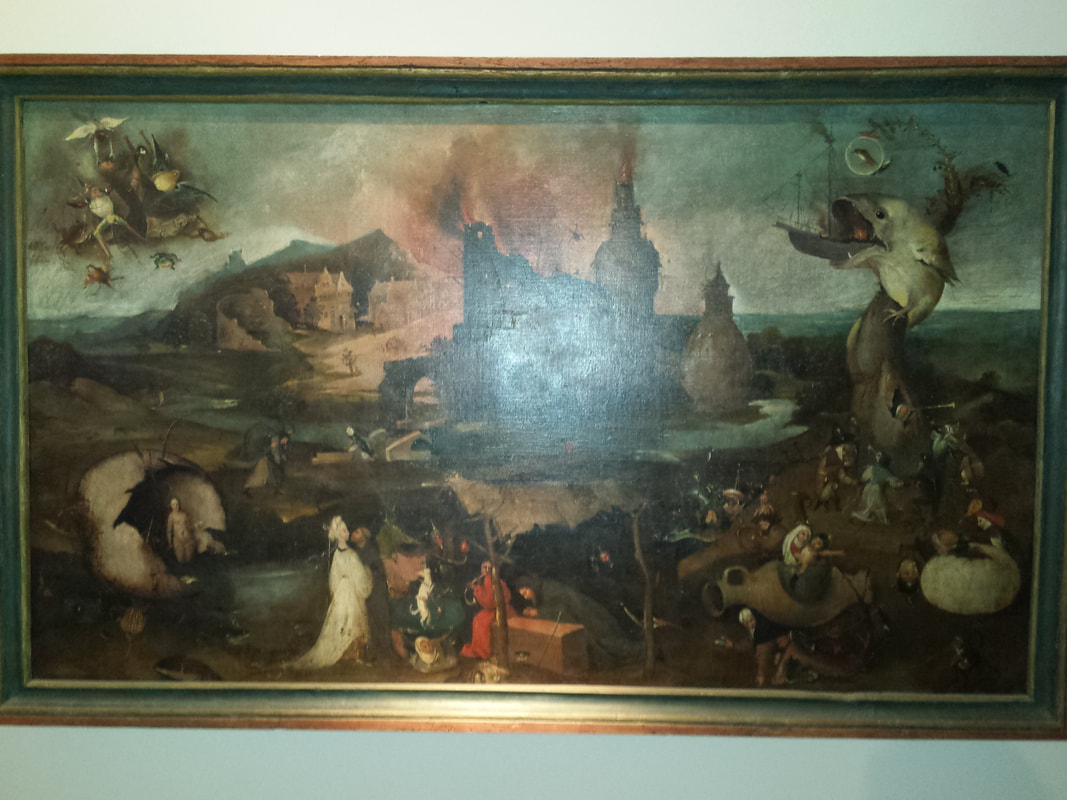
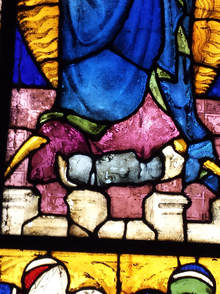
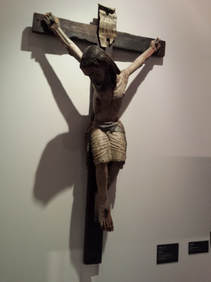
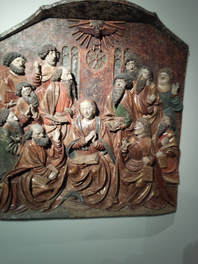
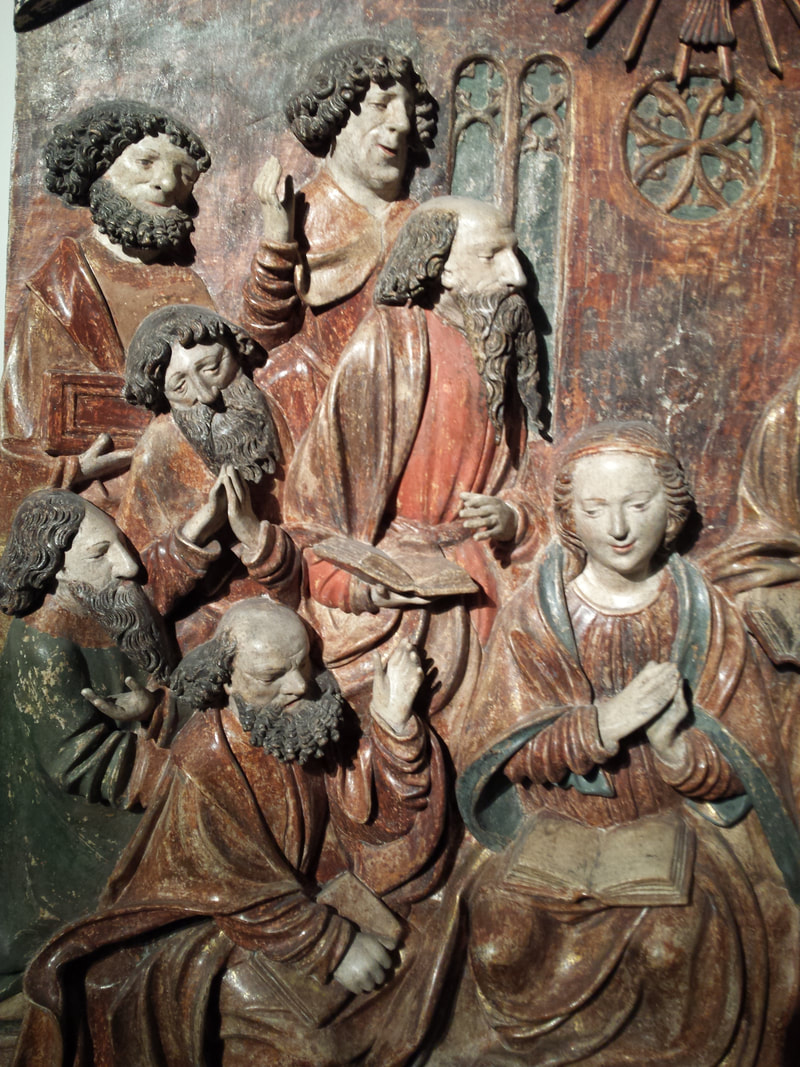
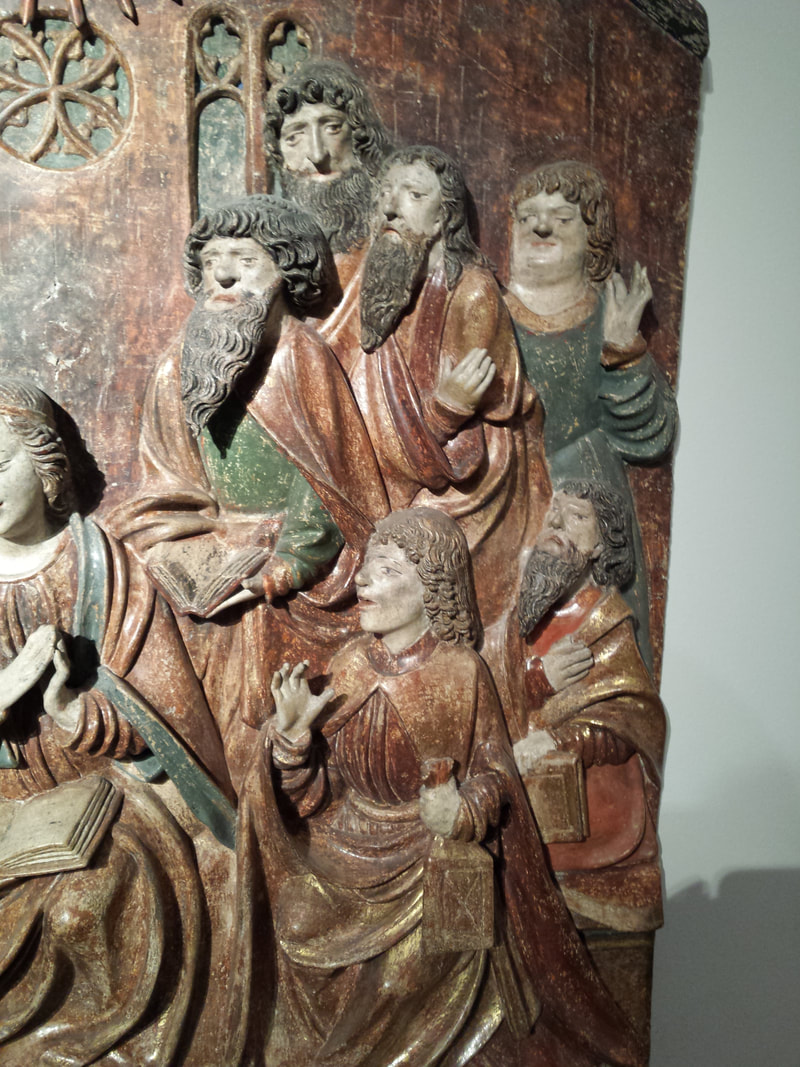
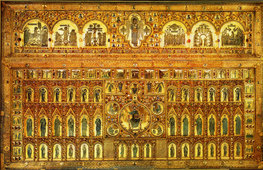
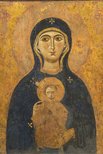
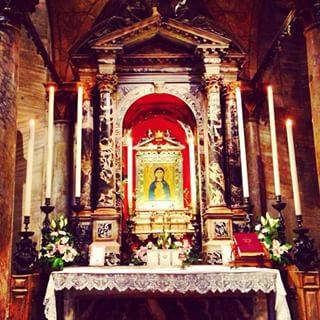
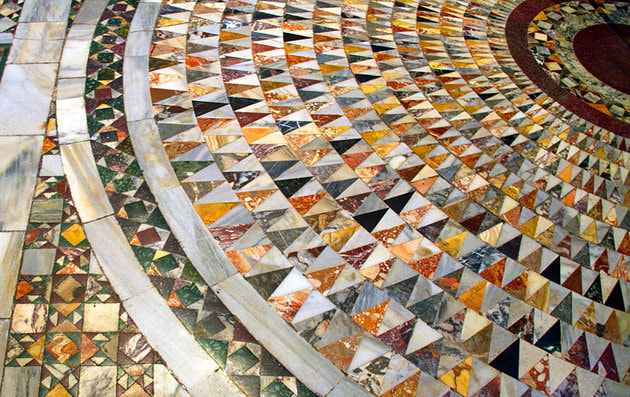
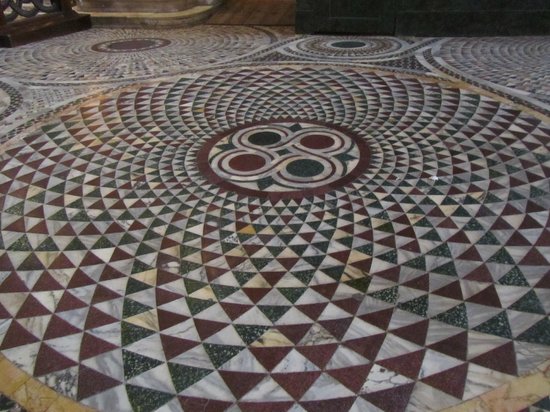
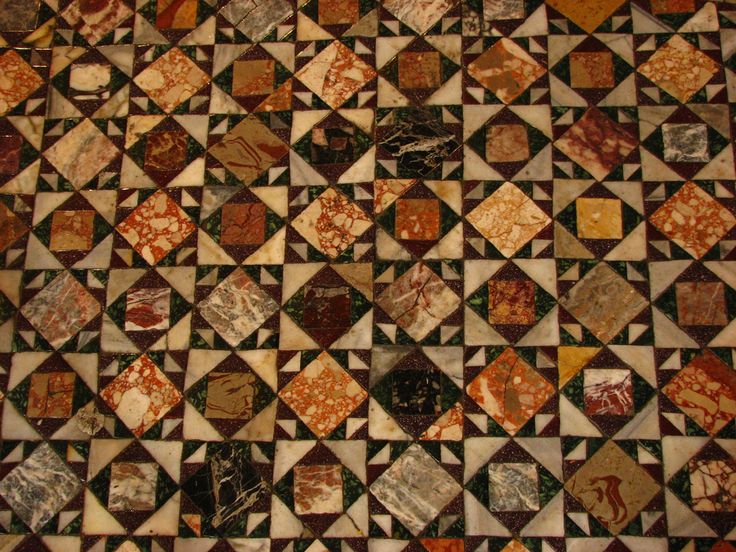
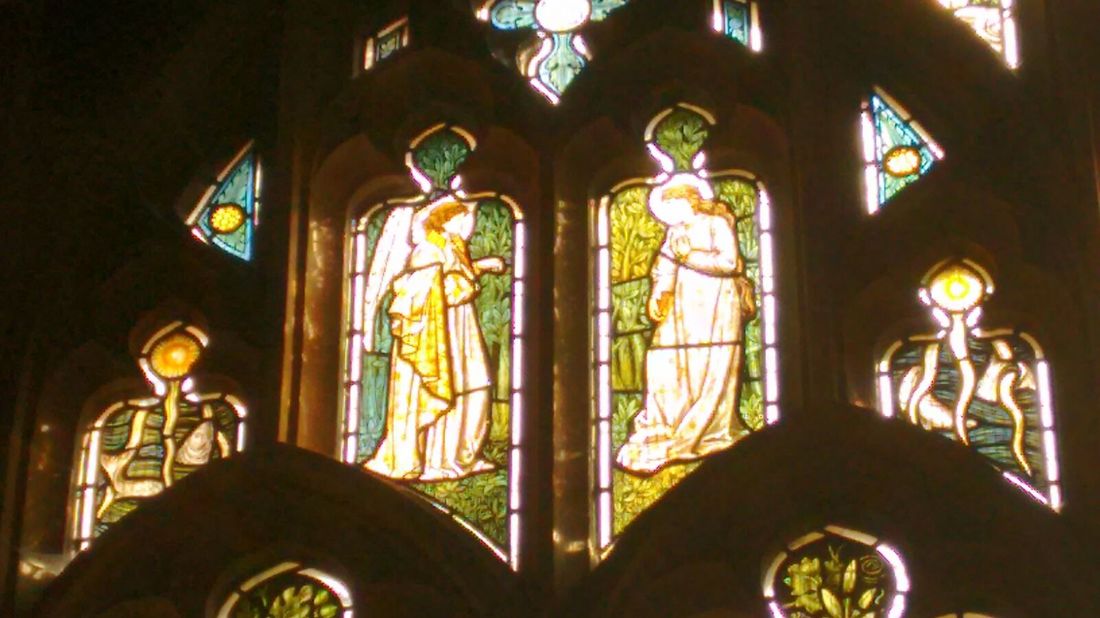
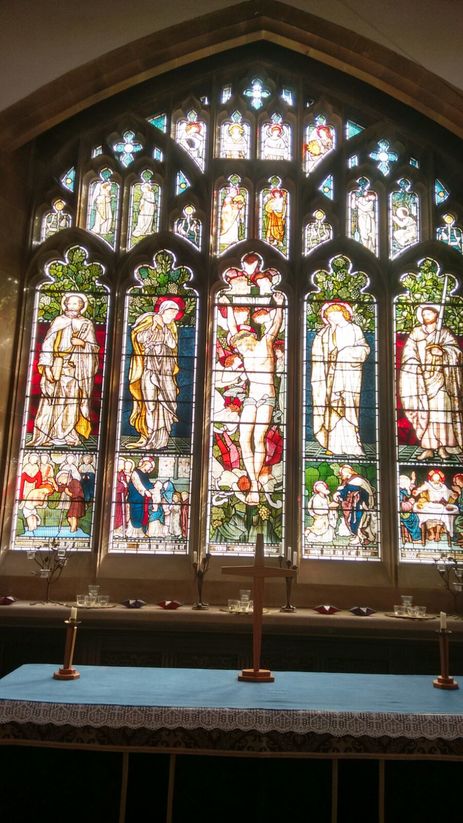
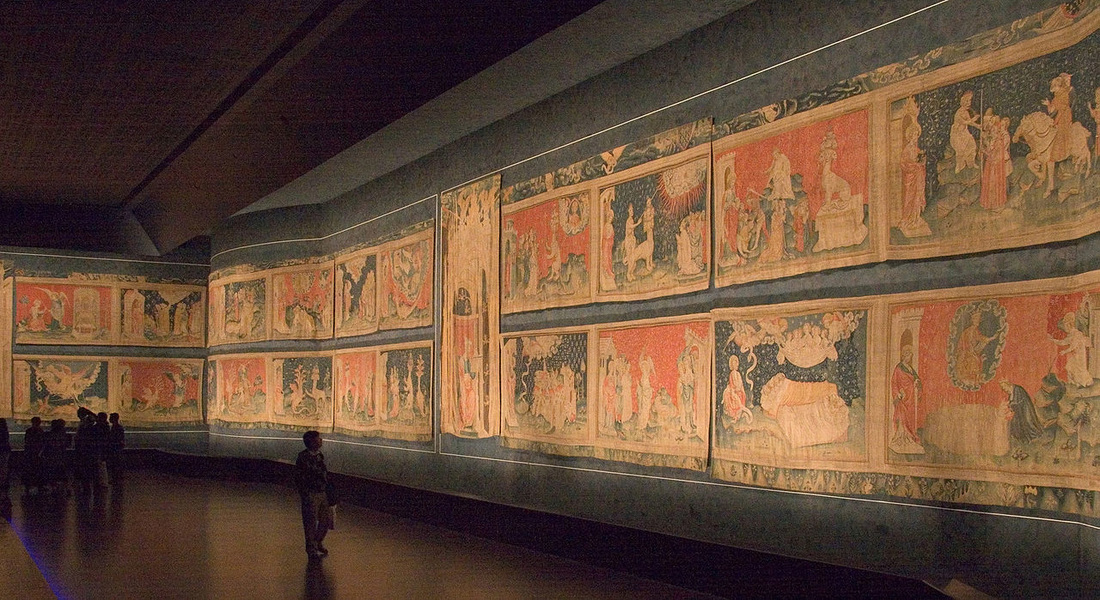
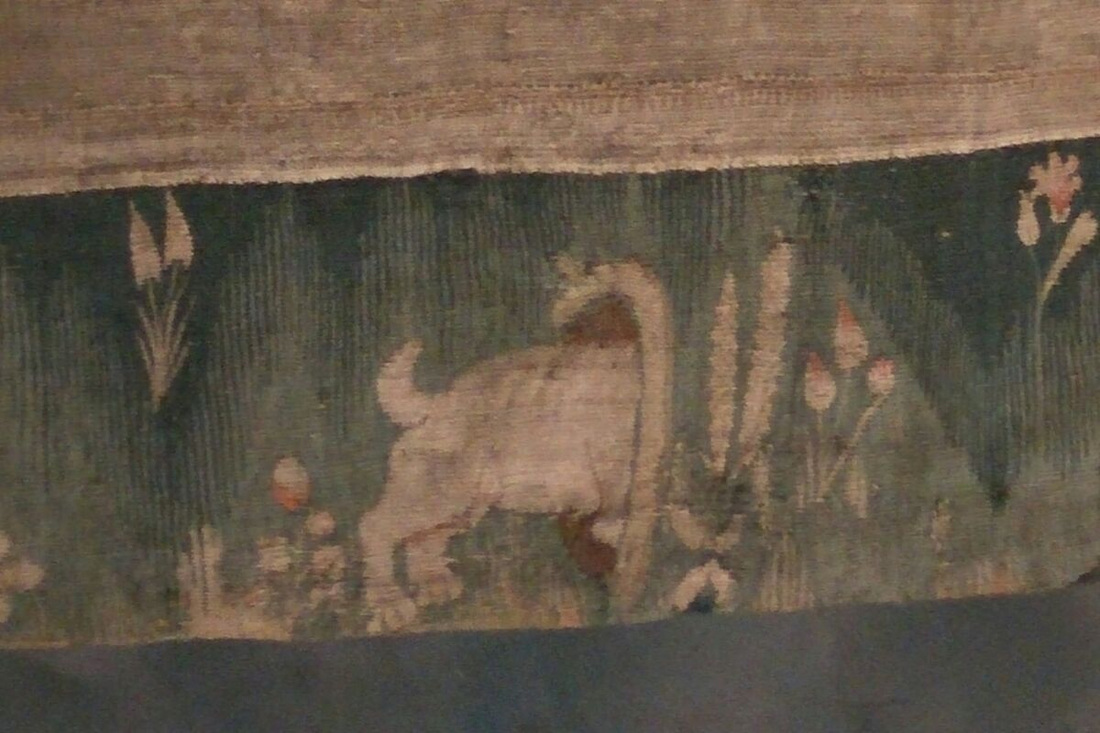
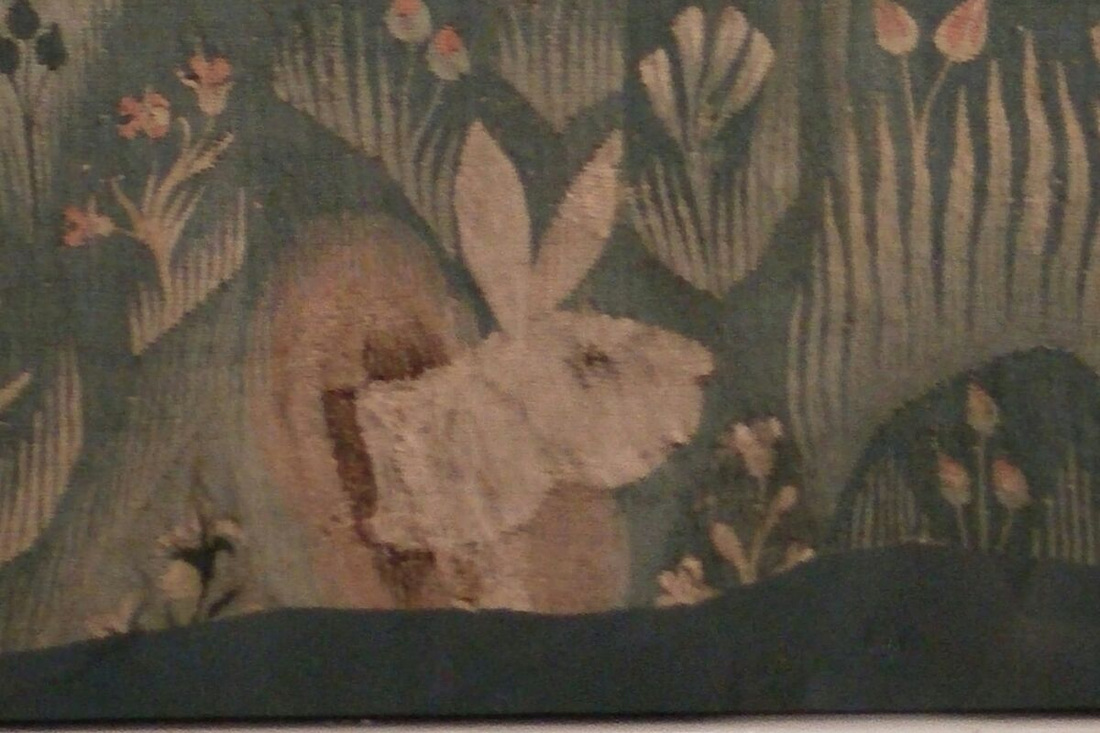


 RSS Feed
RSS Feed